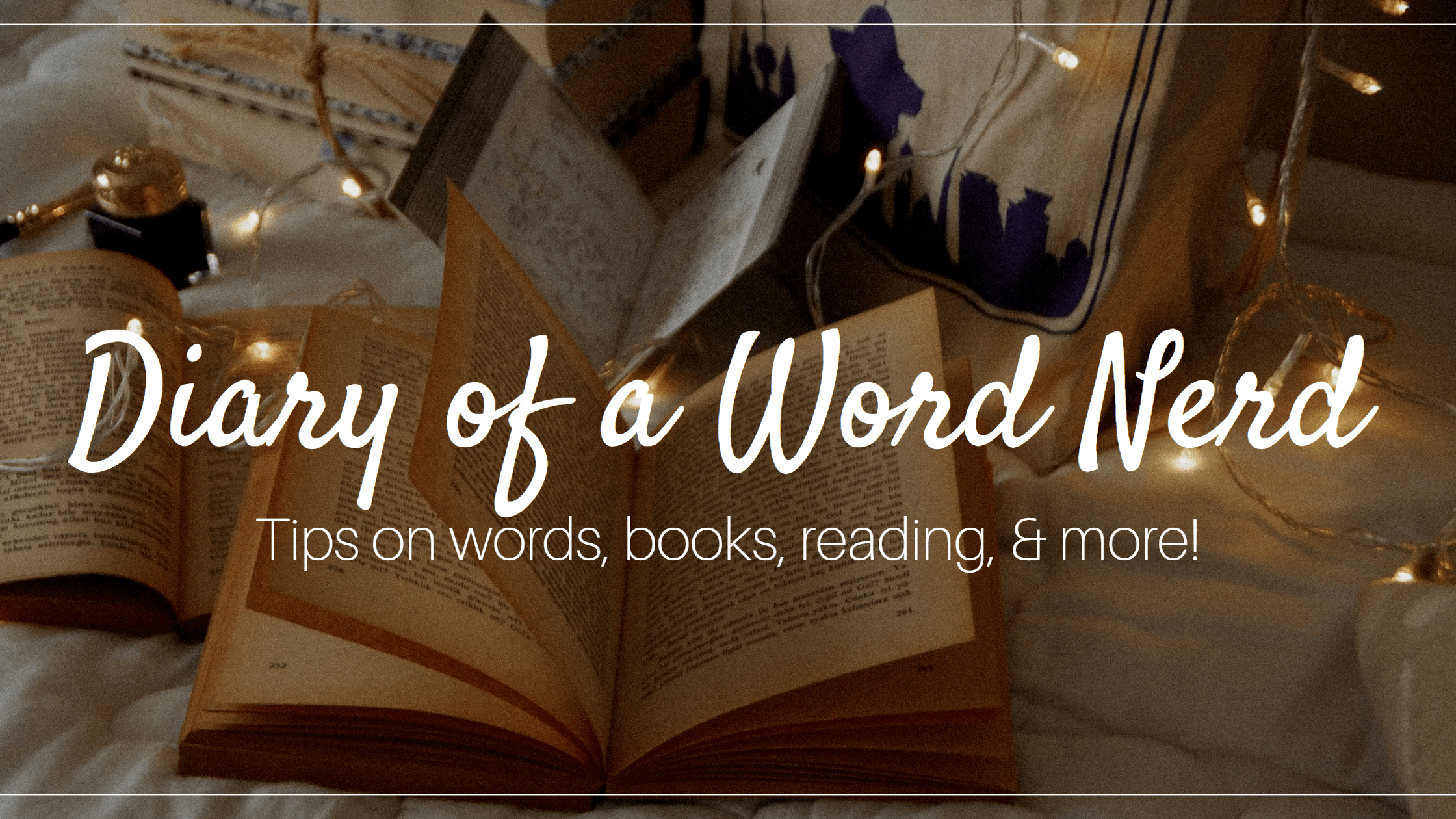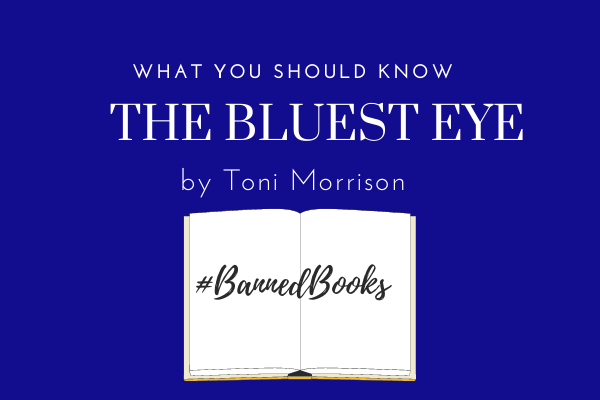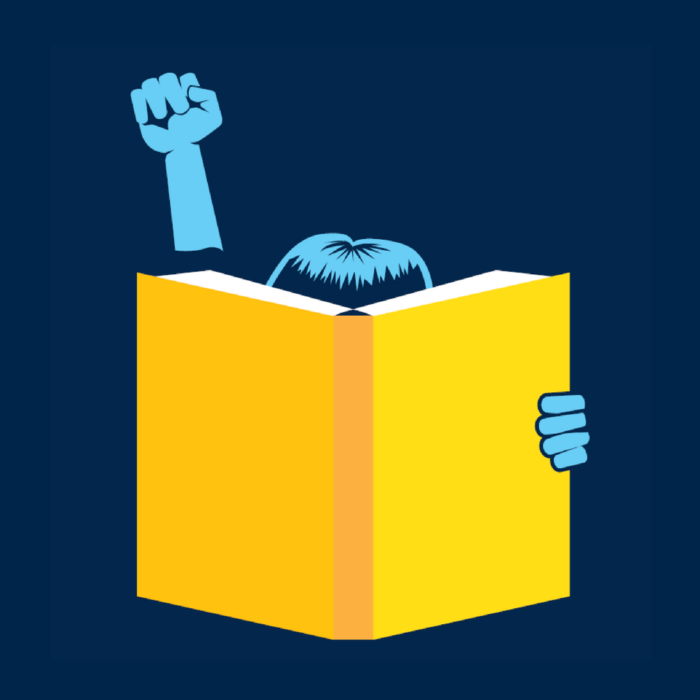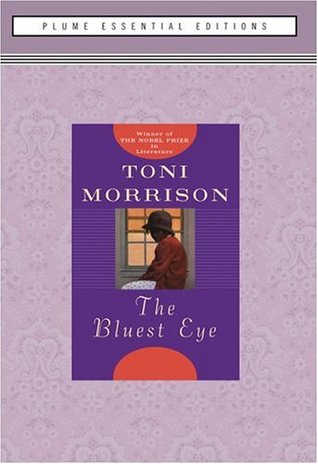The Bluest Eye, by the Nobel Prize winning author Toni Morrison, has been on the top of banned and challenged book lists for years. According to the American Library Association, it is frequently challenged because it depicts child sexual abuse and is considered sexually explicit. It was recently challenged at my children’s high school, so I took the opportunity to review the novel. I believe before you can properly discuss or make a decision about a book, you should acquaint yourself with it. Ideally, you should read it. Let me get you acquainted with Toni Morrison and The Bluest Eye.
About Toni Morrison
I’ve read other books by Morrison, including Paradise, Song of Soloman, and the first part of Beloved. I am always impressed and moved by her work. She powerfully wields language to convey history, emotion, and pain. Her prose often feels poetic. My favorite Morrison book, in fact one of my all time favorite books, is Paradise because of its multilayered themes and intricate descriptions. I have read it three times, and I still don’t think I’m getting everything that’s packed in there.
Morrison was born in 1931 in Lorain, Ohio. (Incidentally, this is where The Bluest Eye is set.) She read voraciously as a child, and in 1949 she enrolled in Howard University, where she earned a BA in English. She then studied at Cornell to earn an M.A. in English. She worked as a college professor and as an editor in the New York publishing scene before writing her first novel, The Bluest Eye. She went on to publish several books, including Beloved, which won the Pulitzer Prize for fiction. In 1993, Morrison became the first Black woman to win the Nobel Prize in Literature. (Read more about Morrison at The National Women’s History Museum site. )
Throughout her life, Morrison experienced racial discrimination and segregation, and that heavily influenced her writing. Her words convey raw emotion, as well as immense intellect, and has won several awards.
The premise of The Bluest Eye
The Bluest Eye tells the story of Pecola Breedlove, an 11 year old black girl who prays for her eyes to turn blue so she can be like, and have all of the benefits of, blond haired, blue eyed girls. But Pecola doesn’t get what she wants, exactly. At the close of the book, the narrator says, “So it was. A little black girl yearns for the blue eyes of a little white girl, and the horror at the heart of her yearning is exceeded only by the evil of fulfillment.”
In the author’s note of the audio book edition of The Bluest Eye, Morrison says, “There can’t be anyone I’m sure, who doesn’t know what it’s like to be disliked, even rejected… most of us think of it as the stress minor or disabling, that is part of life as a human. When I began writing The Bluest Eye, I was interested in something else, not resistance to the contempt of others, ways to deflect it, but the far more tragic and disabling consequences of acceptance as legitimate, as self evident. There are some who collapse, silently, anonymously, with no voice to express or acknowledge it. They are invisible.” Pecola’s story is an attempt to “dramatize the devastation that even casual racial contempt can cause.”
Morrison created the character of Pecola because as a black girl, she represented the most vulnerable of society. Morrison says, “In exploring the social and domestic aggression that could cause a child to literally fall apart, I mounted a series of rejections, some routine, some exceptional, some monstrous, all the while trying hard to avoid complicity in the demonization process Pecola was subjected to. That is, I did not want to dehumanize the characters who trashed Pecola and contributed to her collapse. One problem was centering the weight of the novel’s inquiry on so delicate and vulnerable a character could smash her and lead readers into the comfort of pitying her rather than into an interrogation of themselves for the smashing.”
These are the words of someone, who, contrary to allegations, is not trying to harm children, but who is obviously very concerned with their well being. The author’s note also reflects a thoughtful and skillful approach to narrative and novel writing as well as a deep knowledge and concern for history, society, and human nature.
What I liked
The poetic language of The Bluest Eye grabbed me from the beginning. Here’s an example:
My daddy’s face is a study. Winter moves into it and presides there. His eyes become a cliff of snow threatening to avalanche; his eyebrows bend like black limbs of leafless trees.
Toni Morrison, THE BLUEST EYE
I also appreciate how Morrison illustrates the danger of accepting rejection as legitimate. She encourages us to stop ourselves and each other, especially children, from buying into self-loathing. Morrison achieves a tenuous balance of calling the reader to examine their attitudes without damning themselves in the process.
Morrision develops compelling characters around Pecola by delving into their personal histories and showing how their experience could frame their point of view. Her presentation of people as a complicated mix of suffering, joy, and desire reinforces her attempt to explore the dangers of assumption and judgement – against others or against oneself.
Despite her serious subject, Morrison manages to infuse some humor in The Bluest Eye. The narrator bickers with her sister in authentic, childish ways, and the narrator’s mother bemoans housework as I have often done myself.
What I didn’t like
Sometimes, The Bluest Eye gives detailed backstory on characters I don’t care about. It pulls me out of the story and distracts from my concern for Pecola and the themes Morrison is trying to address.
Potentially offensive material
The Bluest Eye does include incestuous rape, some references to child abuse, and some sex. However, the focus isn’t on physical description of the acts, but rather the social and emotional ramifications of them. They are not gratuitous but rather necessary and fit in with the novel’s themes.
Recommendation
If you are interested in reading about history, women’s issues, or racism, The Bluest Eye is definitely a good, if sobering, choice. It is one of Morrison’s shortest novels and will give you a feel for her writing skill and the themes she explores in many of her novels.
By the way, the committee assigned to evaluate the appropriateness of having The Bluest Eye in the school library voted to leave it there. 🙂
Have you read The Bluest Eye or any of Toni Morrison’s other books? What did you think?
Thanks for getting nerdy with me!






I have read The Bluest Eye. In 2014 and in 2015 I read Beloved. Jazz and Paradise are on my Want to Read list. I probably should get on that!
I was moved by Ms. Morrison’s language. Beautiful words about horrific subjects. I’m glad the committee decided to leave the book in the HS library. Our community has had similar titles challenged, but mostly newer titles with newer subject matter. So far most have remained in our county library, some were move from the Children’s section to the YA section. But not before a resident filed a lawsuit to charge the Library Director with “solicitation of a minor”. The charge was dismissed!
Thank you, Judy! It’s important to share stories like these.